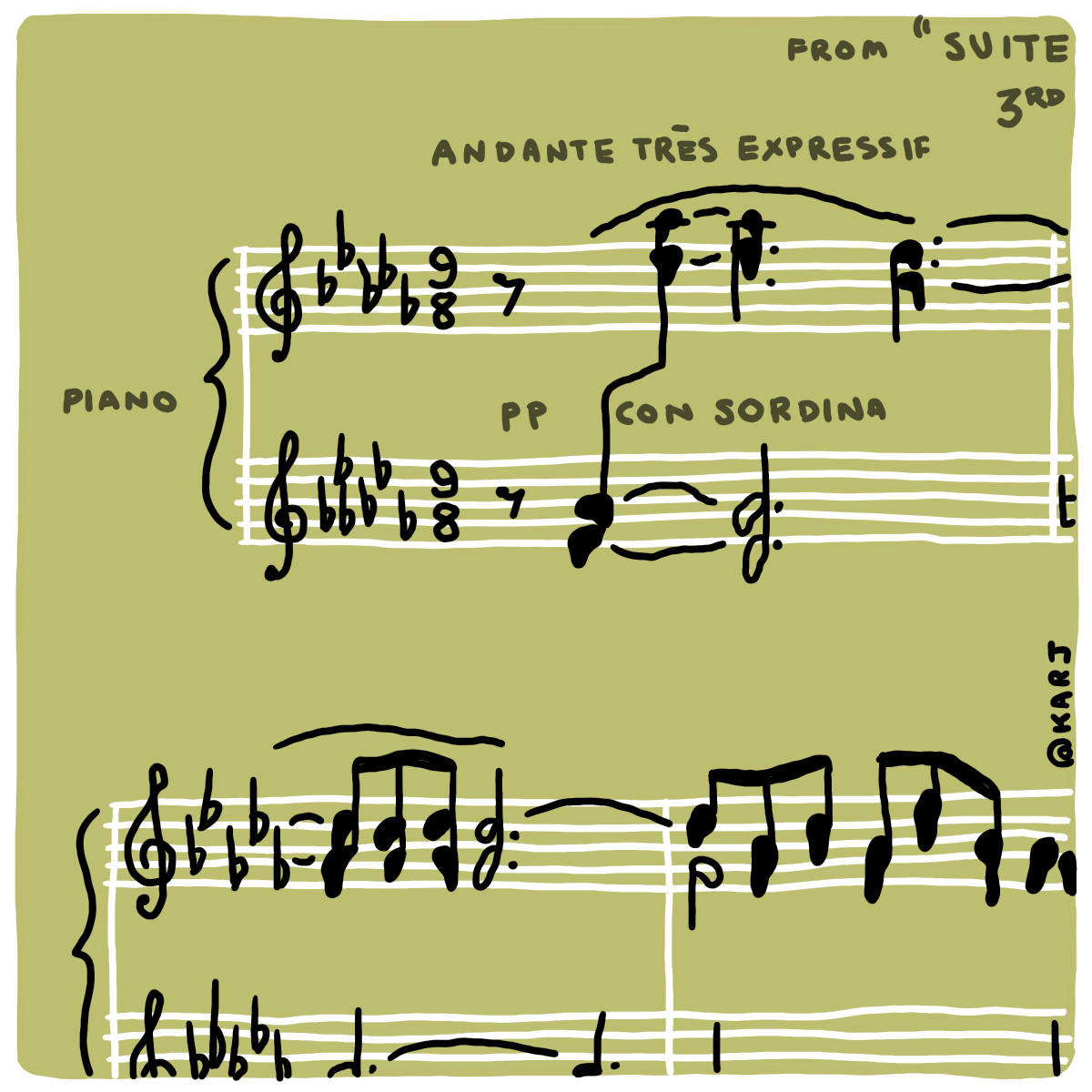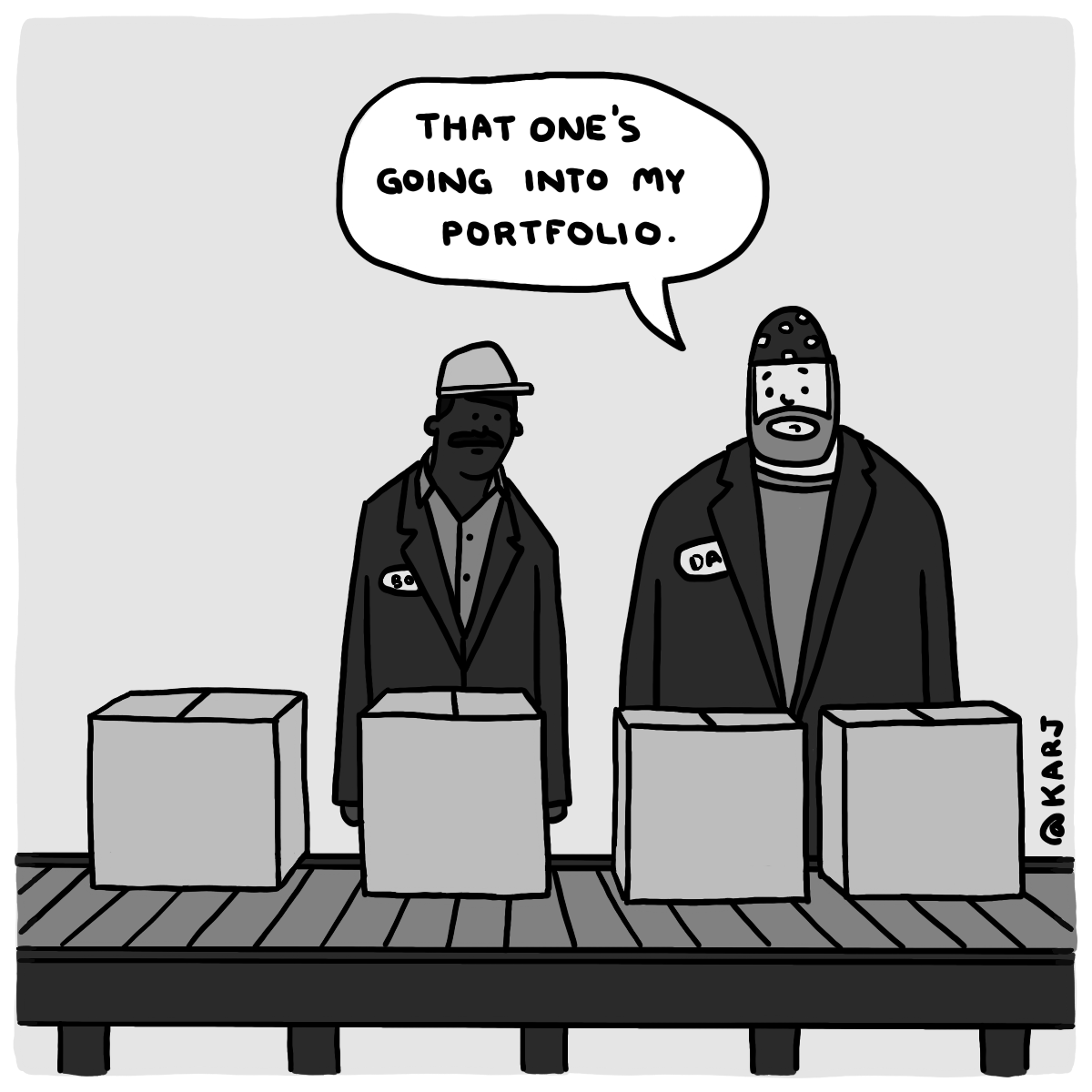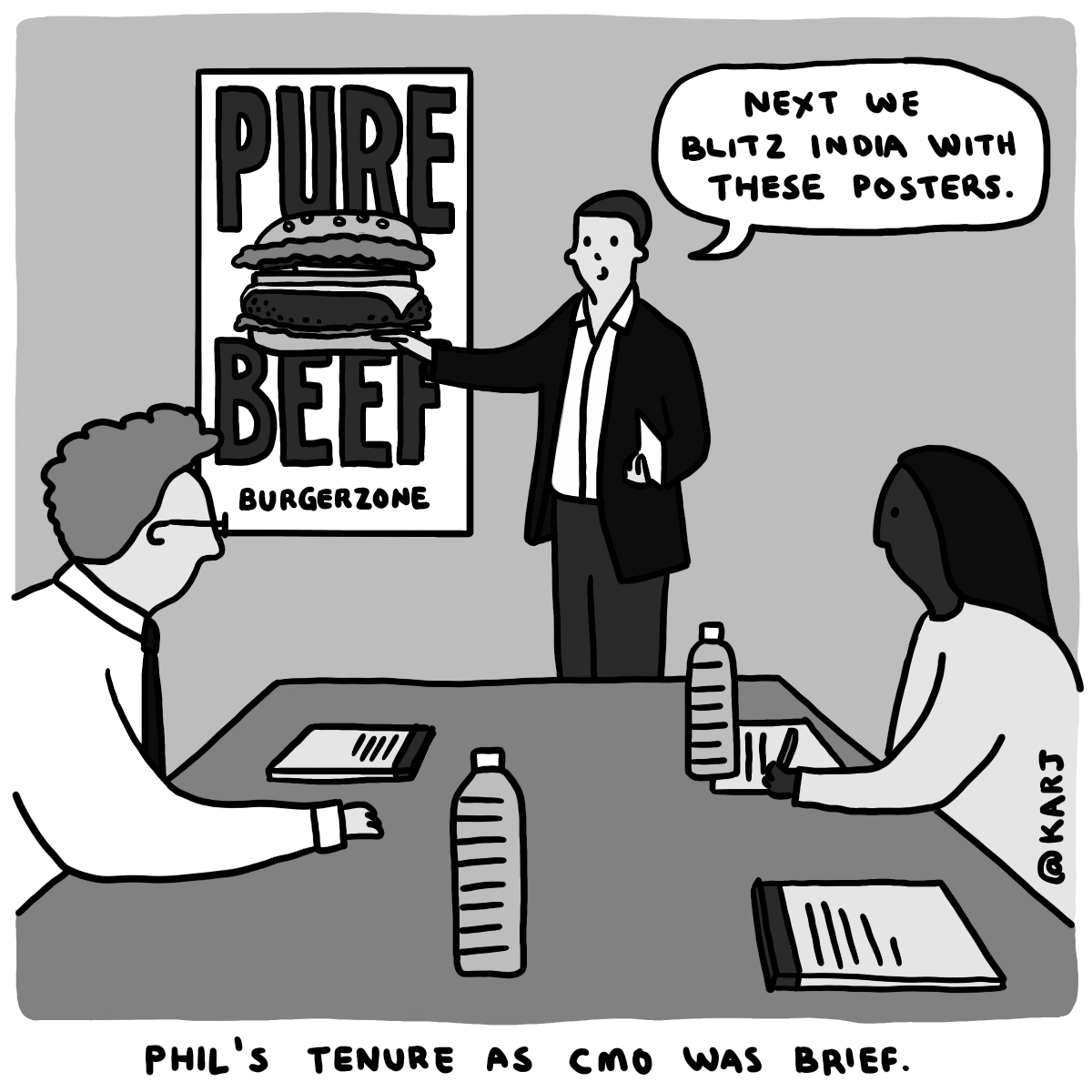The Tuner
TL;DR: It’s hard to produce suitable work when you think about design as a form of expression. You might achieve greater success by acting like a piano tuner.

I’m a boring designer. I don’t bend rules, shift paradigms, or push boundaries. I don’t try to be innovative. Nothing about my work is meant to inspire you. You won’t see what I do featured in a design annual, lauded at an awards show, or discussed on a design forum.
All of this is OK. It’s OK because the people who pay me don’t care about any of that shit, either. To me, that’s the important part, because it means I almost never need to pitch for work. Instead, I’m able to practice my trade and ensure that my kids get the essentials (food, shelter, and apparently fashionable sneakers).
It isn’t a place for expression
Design is a marriage of form and function. Few would disagree with this notion. Let’s be honest, though: the form part gets all the praise. And of course it does! You don’t sell magazines, BDes degrees, or design software by highlighting design that’s functional. You sell these things by showing what’s new, cool, innovative, yadda yadda yadda. A less sensational approach would be more representative of the actual trade—but probably a less effective sales tactic.
Sure, design can be new, cool, or innovative—but it typically needn’t be. This is the rub: folks often get into the design industry to do flashy work that they probably shouldn’t do. Worse yet, neither their profs nor their peers will give them any credit for it.

At some point in your career, you need to ask why you’re in it. Are you there for your ego, or, do you wish to be of service? It’s hard to not be in it for yourself. Paradoxically, though, you tend to personally benefit more by helping others first. It’s in doing so that you create value, build trust, and in turn get more good work.
For this reason, I continue to believe that designers are looking at this whole thing wrong. Instead of looking to our peers for guidance, leadership, or critique, we must treat these as secondary concerns. Our clients deserve all of our attention. We need to help them solve their problems first (even if the outcome seems unexciting). We also ought to work more collaboratively with them.
My job is to align
A lot of the problems companies have with their existing design assets are not showstoppers. In fact, the number of successful businesses with bad design (and failed ones with good design) helps prove this. I know we designers think ourselves pretty important, but a lot of companies do just fine without us.
This in no way makes our contributions unnecessary. I believe that a successful business can be made even more so with great design. The question is how we define great design. I say it’s about clarity and suitability. When a brand’s values, message, visuals, offering, and service are misaligned, it leads to doubt. This can be harmful. Our job ought to be about removing such doubt.
I remember watching a piano tuner at work. He was friendly and professional, but unremarkable in any way. His job was neither to build nor play our piano. We paid him to align the notes so the piano sounded as it should. That was all—and it was plenty.
I came to design by way of art (I majored in painting and exhibited for a short while). It took me years to unburden myself of the viewpoints I held at that time. Now, I see myself like that piano tuner: a professional brought in to align an instrument.
How to start aligning assets
There are a few tell-tale signs that you’re in a project for your own benefit. For example, you mock what the client (or previous designers) did. You immediately propose throwing out all of the client’s past design assets and starting with a full rebrand. Or, you get overly excited about doing something unconventional.
If you find yourself thinking these things (I certainly have) maybe check yourself—and attempt to take on the mindset of that piano tuner. Don’t throw out the piano and say they need to buy a new one. Instead, look for the discordant sounds.

Does the type choice seem awkward next to their visuals? Are the store fixtures out-of-place with the identity’s tone? Do the ads’ messages conflict with the brand’s values? Ask these questions and then start to look at potential fixes.
Maybe they need a complete rebrand. But don’t suggest this unless you’re sure. Rebrands are costly—especially when it comes to implementation. What if their design to date actually works, even without your mark on it? This could very well be the case, as what they already have got them to this point.
A good designer is capable and you’ll see this in their work. A great designer is invisible. They are not there to perform a magic trick or to seek out accolades. For them, the design solution is not in itself worthy of anyone’s attention. Instead, they turn knobs until the design assets become more harmonious with the vision, values, and personality of the brand and its founders.
—
The only part of this article that I feel bad about is that it repeats messages from previous ones. It seems like I say the same things over and over again (each time in a slightly varied way). I do so with this one because this approach so wholly transformed my working life for the better.
I hope it might have the same effect on yours. 👊
I’m @karj and the above is just my opinion. Looking for more? Here’s a full list of articles and information on my books. This is what I’m doing now, and what I don’t do. I’d love it if you tried Emetti on your website!